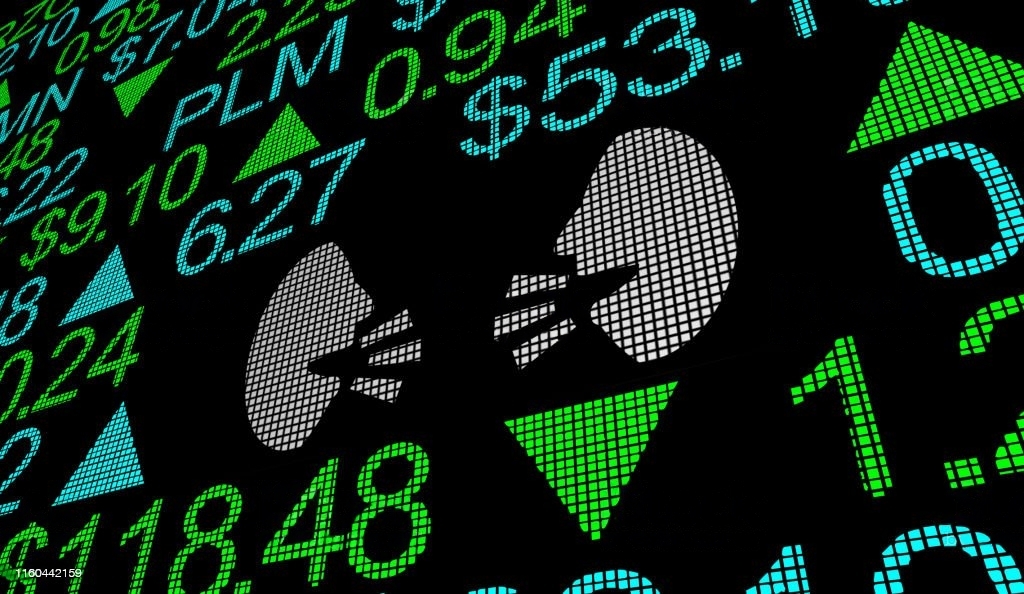
Investments in foreign funds diversify portfolios, lowering risk by removing the reliance on the performance of the Indian market. International funds also make it possible to invest in new markets, which could help with wealth creation.
Because of the uptick in funds with investments in the US economy, particularly in US technology, returns from overseas funds are increasing. There may be a chance for investors to buy particular high-quality firms at reasonable prices, especially on the strength of excellent fundamentals, as international stocks, such as those in the S&P 500 index, are selling near to or below the average medium-term P/E. Furthermore, listed Indian companies have a smaller presence in emerging industries like AI. To diversify their investments in these areas, investors can employ international funds.
"From the standpoint of a long-term portfolio, global diversification is essential since it lowers equity portfolio volatility and country-specific risk. It also provides exposure to well-known international businesses and functions admirably as a buffer against currency risk, according to Shrinath ML, the senior research analyst at FundsIndia.

Benefits of Diversity
Even while a few international funds continue to show a lot of potentials, investors need to be aware of the risks and the impending volatility in foreign markets. According to Nirav Karkera, head of research at Fisdom, "One must be selective with their choice of fund, acknowledge the risks involved, and understand that the near term taking into account the wider context, it can be a rocky trip.
A nation may thrive in some industries, and if investment possibilities present themselves, investors might profit from this. International diversification makes sense, according to Harish Menon, co-founder and head of Investments and Product Research at House of Alpha, if a foreign market presents an exceptional investment opportunity with a better risk-reward profile than local ones.
But randomly adding a few foreign funds could not make one's portfolio more profitable. Making informed investment decisions necessitates careful study, he claims.

Gains from rupee depreciation
The S&P 500 has produced returns with a 9% CAGR during the past five years. The USD-INR exchange rate grew by a 5% CAGR over the same time period, showing a depreciation of the rupee against the dollar. Therefore, the return in rupees for an investor who invested in a dollar-denominated fund tracking the S&P 500 Index would be the fund's return plus the profit from the change in exchange rates. The S&P 500 Index shows how investors can increase their returns through dollar-denominated investments when the rupee depreciates against the dollar by returning 14% on a CAGR basis.
Investors should be aware that this could also go the other way. The rupee profits on the investment may be significantly reduced if the rupee were to increase against the dollar. Therefore, while investing in dollar-denominated or any other foreign currency-denominated funds, it is important to take currency risk into account, according to Karkera.

Beyond US markets
Despite the US market's size and liquidity, it is advantageous to limit exposure to it. Wright Research's founder, Sonam Srivastava, claims that there are lucrative investment opportunities in other markets, such as China and Europe. Since market performance is not necessarily correlated, diversification among different nations can lower risk. According to Srivastava, investing outside the US can present special opportunities not available in the Indian market.
By using passive funds, invest
Passive funds can be helpful for building an international portfolio because they are less expensive and more tax-efficient than active funds. Additionally, because of their nature, which doesn't require regular trading, they are simpler to handle. There is mounting evidence that many active fund managers have struggled to outperform their passive indices in the developed US market. To play the US market, we choose passive methods like the NASDAQ 100 and S&P 500, according to Shrinath ML of Funds India.




